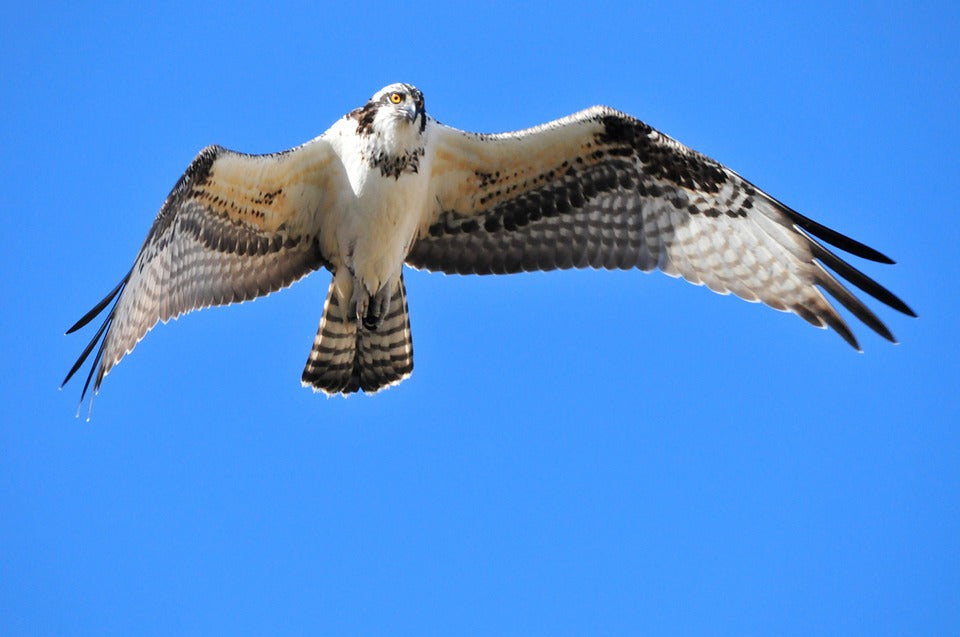Offer
Provide additional details about the offer you're running.
Provide additional details about the offer you're running.
Provide additional details about the offer you're running.

As we approach the fall season, this is a great time to get out and have a look at some hawks and other birds of prey, especially those about to embark on their migration routes. Down on the north shore of Lake Erie, thousands of birds of prey pass through on their fall migration, typically in October and November.
In preparation for the fall movements or just in aiding your local raptor identification, we have compiled a thorough list of the different body types and identifiable shapes of most birds of prey.
General Shapes of Popular Birds of Prey
Obviously when we are looking upwards at long distances, attempting to identify unique field marking goes out the window. When attempting to identify a hawk in flight one of the first and most common steps of identification is assessing the overall size and shape of the bird.
Buteos – Large soaring hawks such as the broad-winged hawk and red-tailed hawk all share similar shapes and sizes, typically featuring long, broad, plank-like wings and short, stubby tails. These birds will often soar for long periods of time before using their wings.
Accipters – Versatile hawks or accipiters such as Cooper’s hawks, and sharp-shinned hawks are built more for quick maneuvering, typically through thick woods and treed areas. Their wings are short and rounded and they feature a rudder-like tail, which aids them in their routinely quick movements.
Falcons – Another bird of prey that was built for speed. Their streamlined bodies feature long, pointed wings. These birds hunt on the wing and are famous for their ferociously fast dive speeds, sometimes reaching over 150 miles per hour.
Ospreys – Seldom found far from water, ospreys feature long, narrow wings that bend slightly at the wrist so as to form an “m” shape. As hunters, osprey uses their feet to hunt and pluck fish straight out of the water, rather than diving head first.
Eagles – These are the largest of the birds of prey found in North America and are equipped with long, wide wings that are quite flat while soaring. Their large head and beak are often identifiable, even at large distances due to the sheer size of these birds.
Harriers – The wings of these birds of prey are held above the body when in flight, forming a small, but noticeable “v” shape. These birds will hunt over marshy areas and open fields and are easily identified by a white rump patch at the base of their long, narrow tails.
High Quality Blend